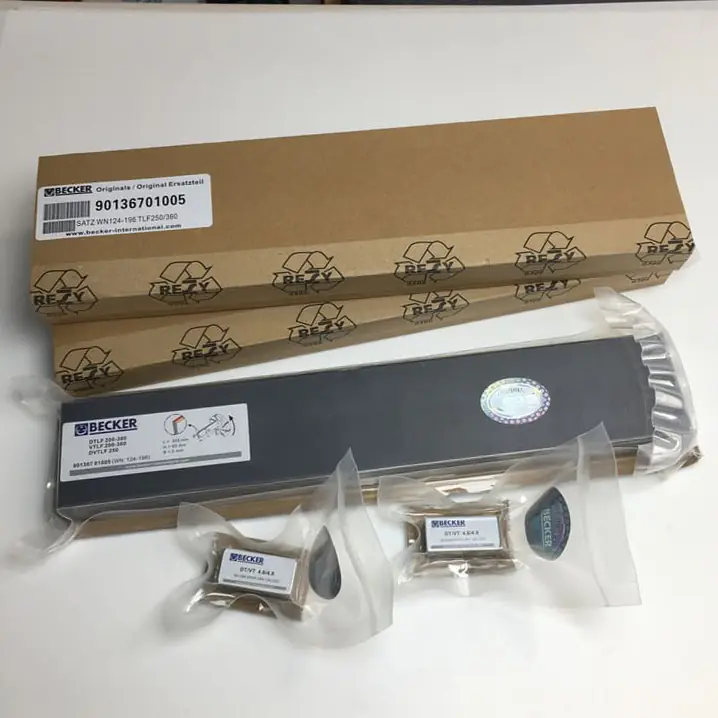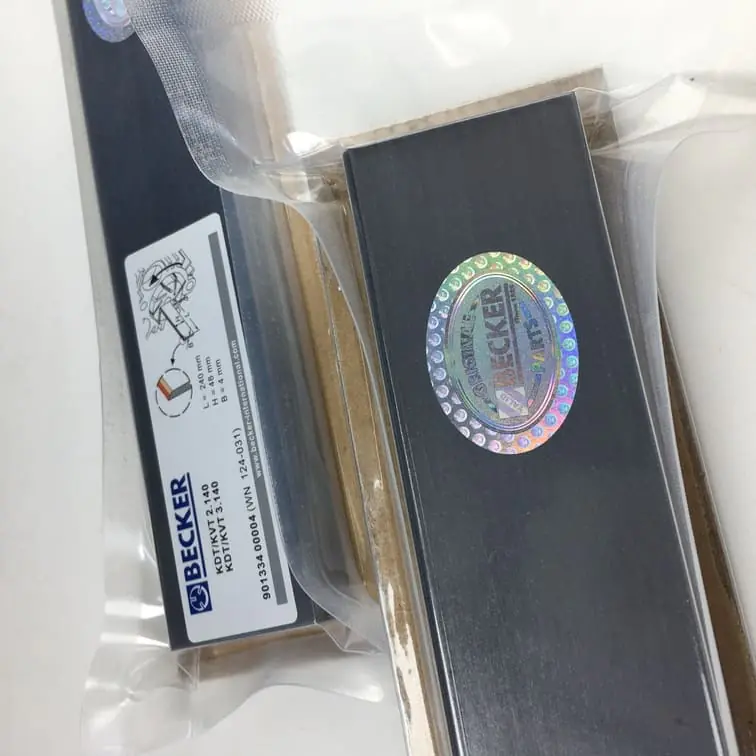How to Hook Up a Pool Vacuum to a Sand Pump
Maintaining a clean pool is crucial to enjoying the luxury of a backyard oasis. Pool vacuums and sand pumps play an essential role in ensuring that your pool stays pristine. Whether you’re dealing with leaves, algae, or other debris, using a vacuum connected to a sand pump will help make cleaning your pool a breeze. In this guide, we will take a detailed look at how to hook up a pool vacuum to a sand pump and make the most of your swimming experience.
Pool vacuuming can sometimes seem overwhelming if you haven’t done it before. However, connecting your vacuum to the sand filter system is straightforward once you understand how it works. Let’s dive into the steps and learn how you can keep your swimming pool inviting and crystal clear.
Understanding the Sand Filter System
What is a Sand Filter?
A sand filter is a type of filtration system used for pools, which uses sand to trap dirt and debris. Water flows into the filter tank and passes through the sand, which filters out impurities. Clean water then flows back into the pool. The sand filter system is effective for catching particles as small as 20 microns.
| Part | Function |
|---|---|
| Pump | Draws water from the pool |
| Sand Filter | Filters out debris |
| Multiport Valve | Controls flow direction |
How the Sand Pump Works in Pool Cleaning
The sand pump works by drawing water through the filter, removing debris, and returning clean water to the pool. The pump moves the water forcefully, allowing it to pass through the filter media. The sand captures even fine particles of dirt, and the filtered water is recirculated into the pool.
To efficiently vacuum your pool, you need to make sure the sand pump is set correctly to Filter Mode or Waste Mode, depending on the type of cleaning required.
Equipment Needed for Connecting a Pool Vacuum to a Sand Pump
Before starting, ensure you have the following tools and equipment:
- Vacuum Head: Attaches to the telescopic pole and moves across the pool floor.
- Telescopic Pole: Helps guide the vacuum head around the pool.
- Vacuum Hose: Connects the vacuum head to the skimmer or designated suction port.
- Sand Filter System: Acts as the main filtration mechanism.
- Skimmer Basket: Where the vacuum hose connects to draw debris into the filter.
Safety Considerations
- Ensure the pump is turned off before connecting the vacuum hose to avoid injury.
- Keep electrical components away from the pool to reduce the risk of electric shock.
- Always wear safety gloves when handling pool equipment.
Step-by-Step Guide to Hook Up the Pool Vacuum
Step 1: Assemble Your Pool Vacuum Equipment
First, gather your pool vacuum head, telescopic pole, and vacuum hose. Attach the vacuum head to the telescopic pole, which will help guide the vacuum head across the pool floor.
Step 2: Connect the Vacuum Hose
Attach one end of the vacuum hose to the vacuum head. Place the vacuum head, along with the telescopic pole, into the pool water. Hold the other end of the hose close to a return jet in the pool. This action will push air out of the hose and fill it with water, which prevents airlocks when starting the pump.
Step 3: Connect to the Skimmer
Once the vacuum hose is filled with water, attach it to the skimmer suction port. You can connect the hose through the skimmer basket or directly to the dedicated suction line, depending on your pool setup. Make sure the connection is secure to ensure proper suction.
Tip: Before attaching the hose to the skimmer, remove the skimmer basket to prevent debris from clogging the line.
Step 4: Set the Pump to Filter or Waste Mode
The next step is to adjust the multiport valve on your sand filter system. You can choose between Filter Mode or Waste Mode:
- Filter Mode: If the pool is not extremely dirty, set the pump to Filter Mode. This setting will pass the water through the sand filter and return it to the pool.
- Waste Mode: If your pool has a lot of debris or algae, use Waste Mode. In this mode, water bypasses the filter and is expelled from the system, ensuring that debris does not clog the filter.
Step 5: Start Vacuuming the Pool
With the system set, turn on the pump. Slowly move the vacuum head along the pool floor, ensuring you cover all areas. Take your time, as moving too quickly can stir up debris, making it harder to vacuum.
Note: Keep an eye on the pressure gauge on the filter. If the pressure rises significantly, it might be time to backwash the filter.
Common Mistakes and How to Avoid Them
Mistake 1: Not Removing Air from the Hose
If air remains in the vacuum hose, it can lead to loss of suction. Always submerge the hose fully and ensure it fills with water before connecting it to the skimmer.
Mistake 2: Incorrect Multiport Valve Setting
Setting the multiport valve to the wrong position can damage the filter or result in ineffective cleaning. Always double-check the settings before starting the pump.
Mistake 3: Moving the Vacuum Too Quickly
Vacuuming too quickly stirs up debris instead of removing it. Ensure you move the vacuum slowly to properly capture all the dirt and debris.
Maintaining the Pool Vacuum and Sand Filter System
To keep your sand filter and vacuum system in top shape, routine maintenance is essential. Follow these tips to keep everything running efficiently:
1. Backwashing the Filter
Backwashing is the process of cleaning the sand filter by reversing the flow of water. When the pressure gauge reads 8-10 psi above the normal operating level, it is time to backwash the filter. This will help remove accumulated debris from the sand.
Reminder: After backwashing, always set the valve to Rinse for about 30 seconds to settle the sand before switching back to Filter Mode.
2. Replacing the Sand
Over time, the sand in your filter will become less effective at trapping dirt. It is recommended to replace the sand every 3-5 years for optimal performance.
3. Checking the Vacuum Hose and Head
Inspect the vacuum hose regularly for cracks or holes, as these can lead to reduced suction. Make sure the vacuum head is not worn out or damaged.
Choosing the Right Pool Vacuum Equipment
When selecting the right pool vacuum, consider factors such as pool size, type of debris, and your filter system. For instance, a cordless pool vacuum like the Aidot Enhulk can make cleaning more manageable without the hassle of cables or hoses.
| Equipment Type | Best For |
|---|---|
| Manual Vacuum | Small to medium pools |
| Automatic Pool Cleaner | Larger pools or regular cleaning |
| Cordless Pool Vacuum | Convenience and ease of use |
Benefits of Vacuuming Your Pool Using a Sand Pump
Vacuuming your pool using a sand pump provides several advantages:
- Effective Debris Removal: The sand filter can trap finer debris than typical pool filter bags.
- Cost Efficiency: Sand filters are cost-effective and require minimal maintenance compared to cartridge filters.
- Ease of Use: Connecting a manual vacuum to the sand pump is straightforward, making it accessible for any pool owner.
Frequently Asked Questions
1. Can I vacuum my pool while the pump is running?
Yes, you need the pump running to create suction for the vacuum. Make sure it is set to Filter or Waste Mode depending on the level of cleaning required.
2. Should I use Filter Mode or Waste Mode when vacuuming?
Use Filter Mode for light cleaning and Waste Mode for heavy debris or algae to prevent clogging the filter.
3. How often should I vacuum my pool?
It depends on the amount of debris. During the swimming season, you may need to vacuum once a week or more if the pool gets dirty quickly.
4. Can I leave the vacuum hose attached to the skimmer?
No, it is best to disconnect the hose after vacuuming to avoid unnecessary wear on the equipment.
5. Why does my pool vacuum lose suction?
This could be due to air in the hose, blockages, or low water levels in the pool. Make sure all connections are secure and the hose is fully submerged.
Conclusion
Hooking up a pool vacuum to a sand pump is a straightforward process that plays a vital role in maintaining a clean and safe swimming environment. By following the steps outlined above, you can ensure your pool stays clear and inviting throughout the swimming season. Regular vacuuming and sand filter maintenance not only keep the pool aesthetically pleasing but also prevent the growth of harmful bacteria and algae.
If you need high-quality parts for your vacuum system, such as filters or replacement vanes, check out Vacuum Pump Spare Parts, where you’ll find everything you need to keep your pool equipment running smoothly.





